Hiking in the Alps; it doesn't get much better if you're looking for a hiking vacation in Europe. Whenever possible, the trekking experts of Bookatrekking.com can be found in the Alps every summer. And rightly so, because it doesn't matter if you are in Germany, France, Austria, Switzerland or even Slovenia. The Alps are huge and it's like a Disneyland for mountaineering. The choice is plentiful and it's always a good-for-it show. In this blog post, our trekking experts take you through their favourite options for a hiking in the Alps.
The trails are well marked, well maintained and connected by hundreds of villages, hamlets, inns and mountain huts where hikers can find clean, comfortable and beautifully located accommodations. You can hike there for days at a time without having to descend, but you have to know where to start. What hut-to-hut trek, where do you start and how on earth do you book it? At Bookatrekking.com, we help hundreds of people organize their hut-to-hut hiking trips every year. Join us on an adventure!



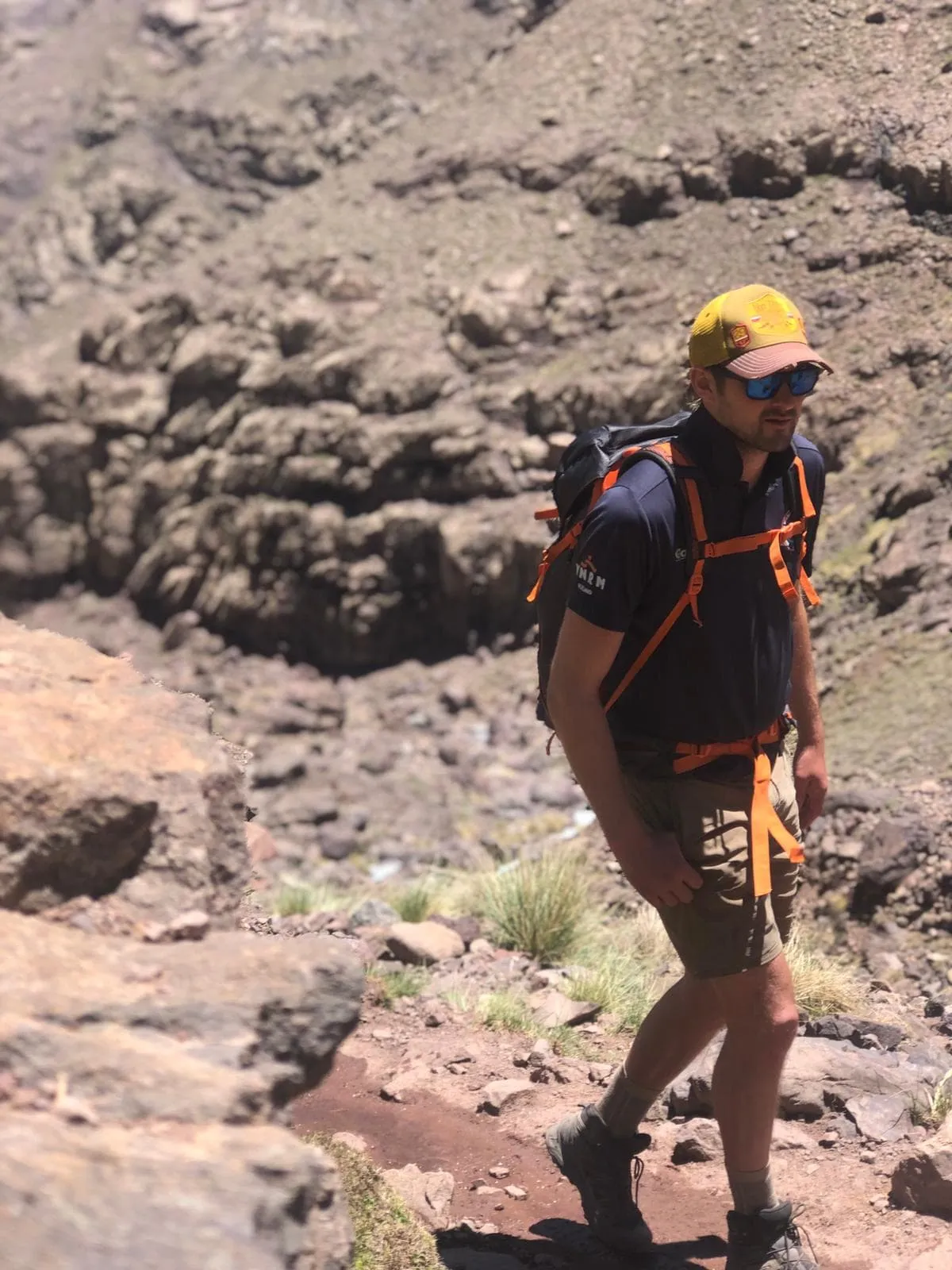
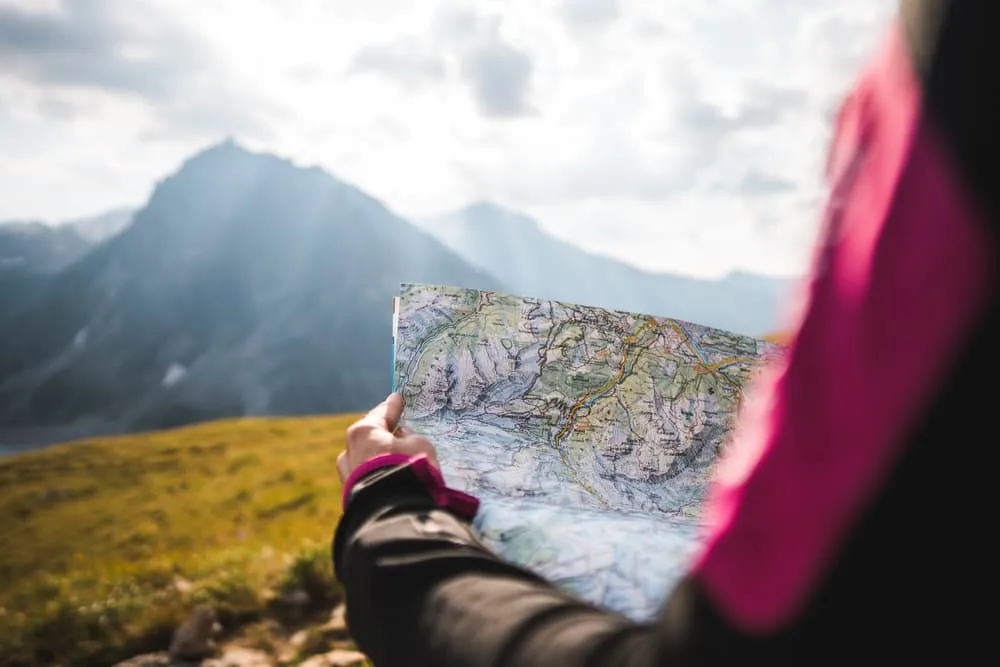
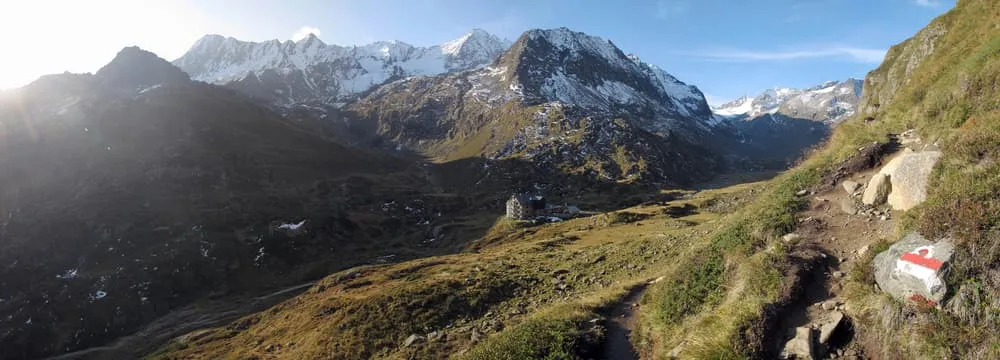
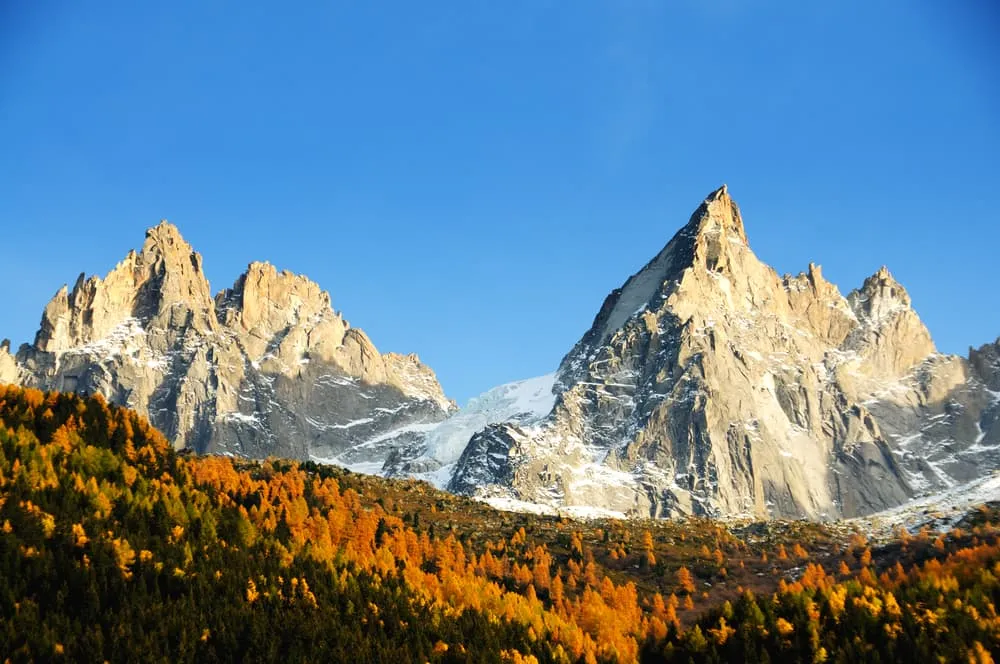
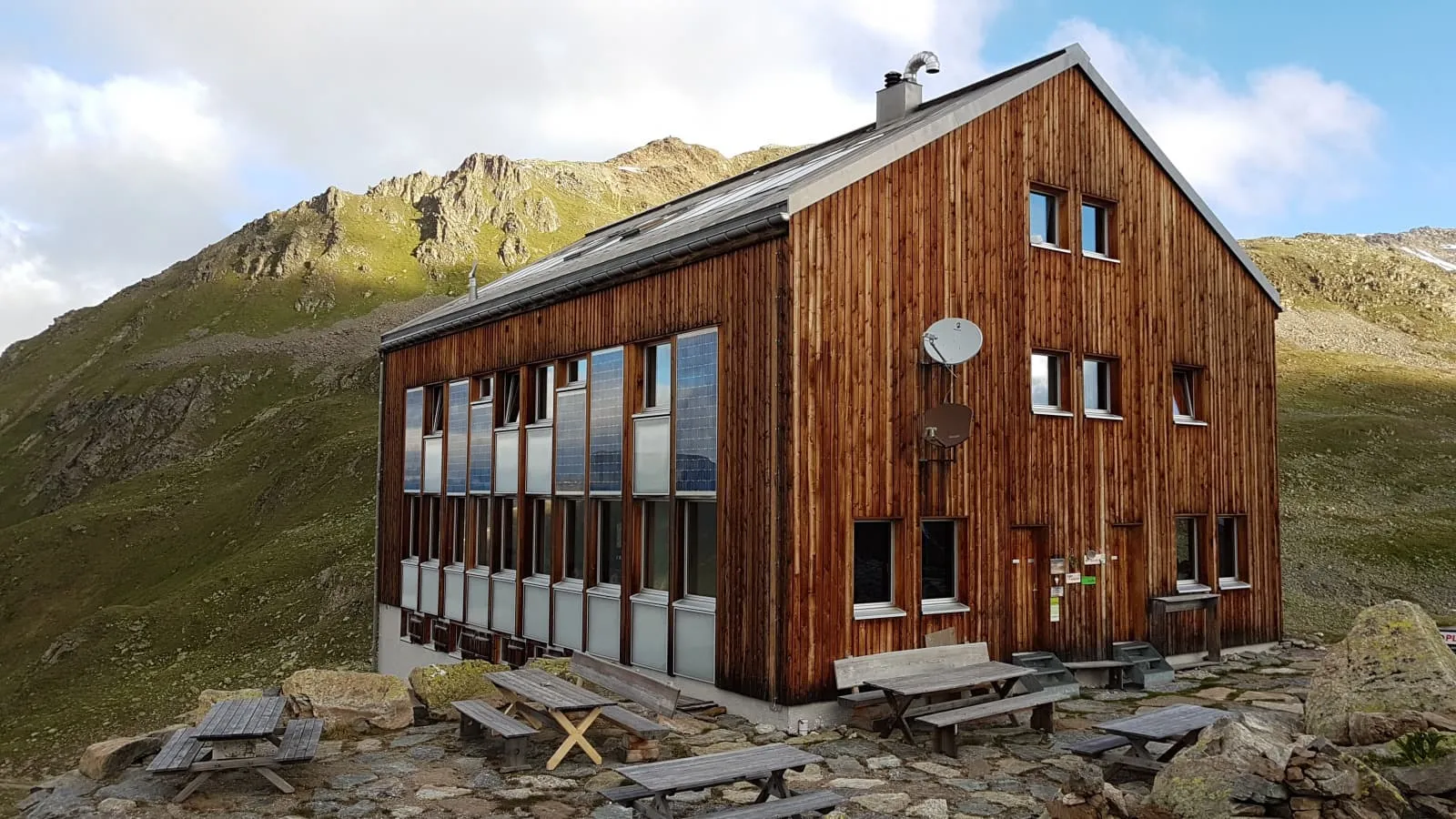
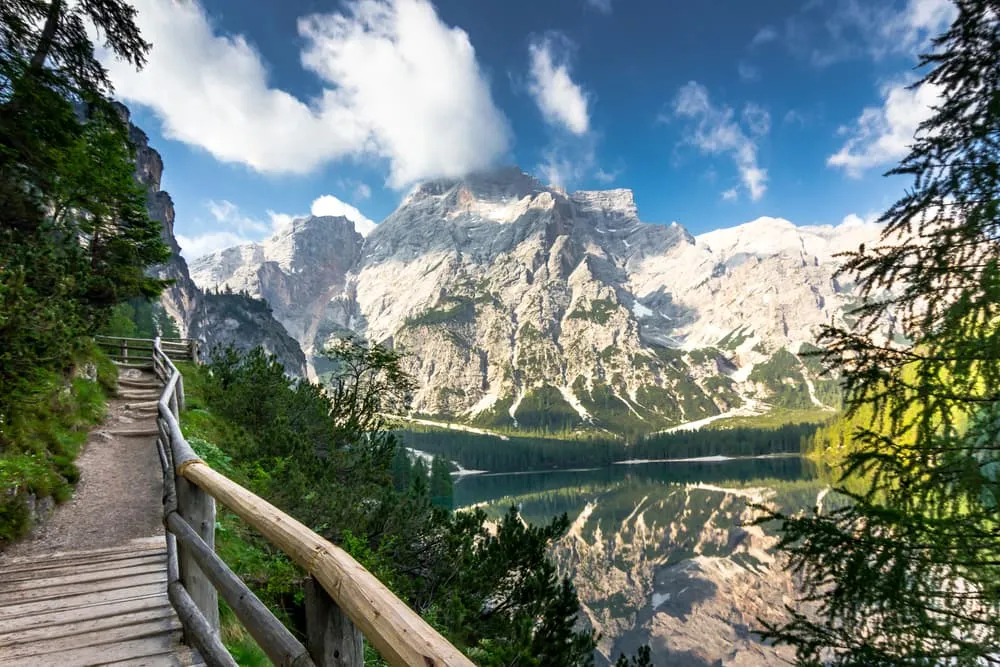
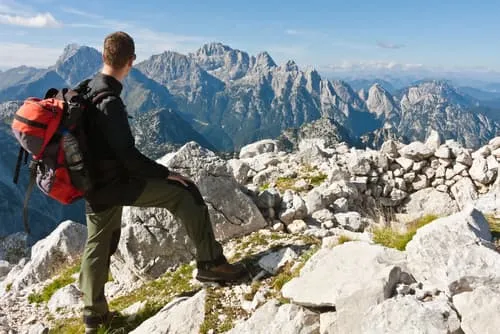
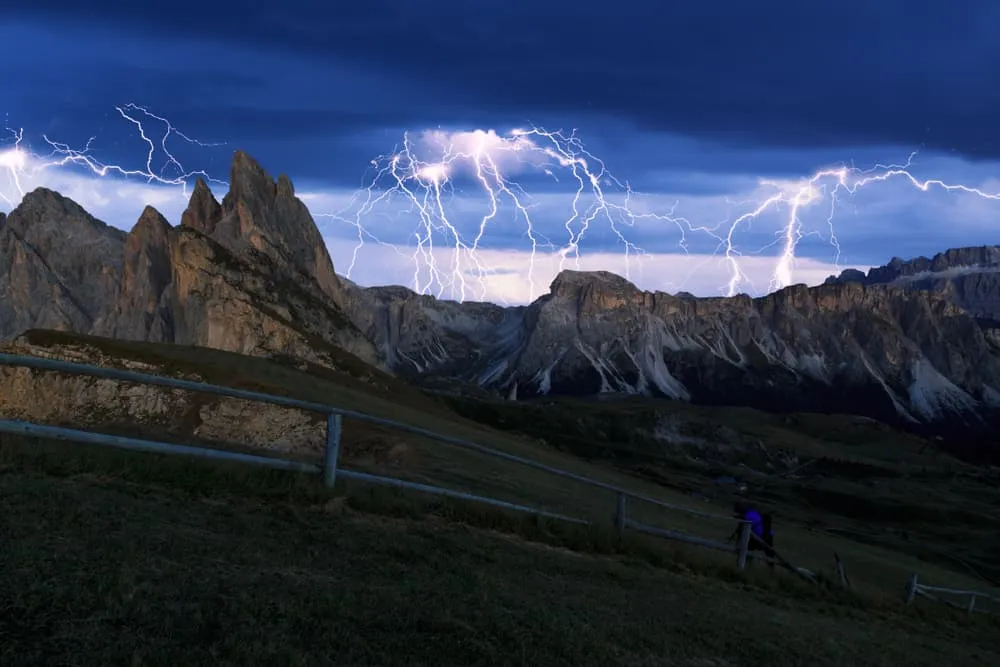
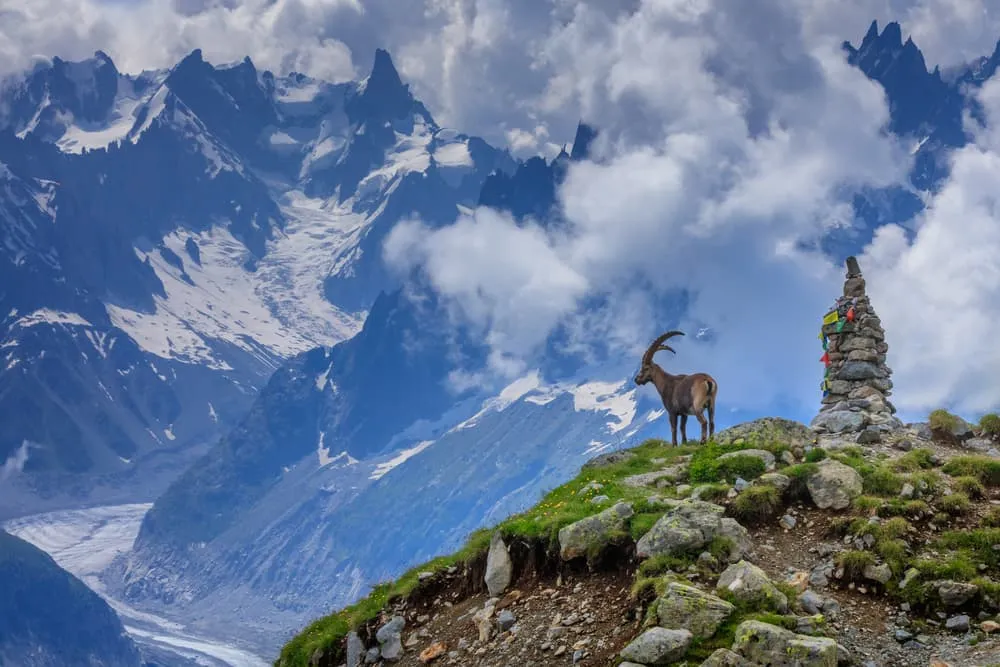
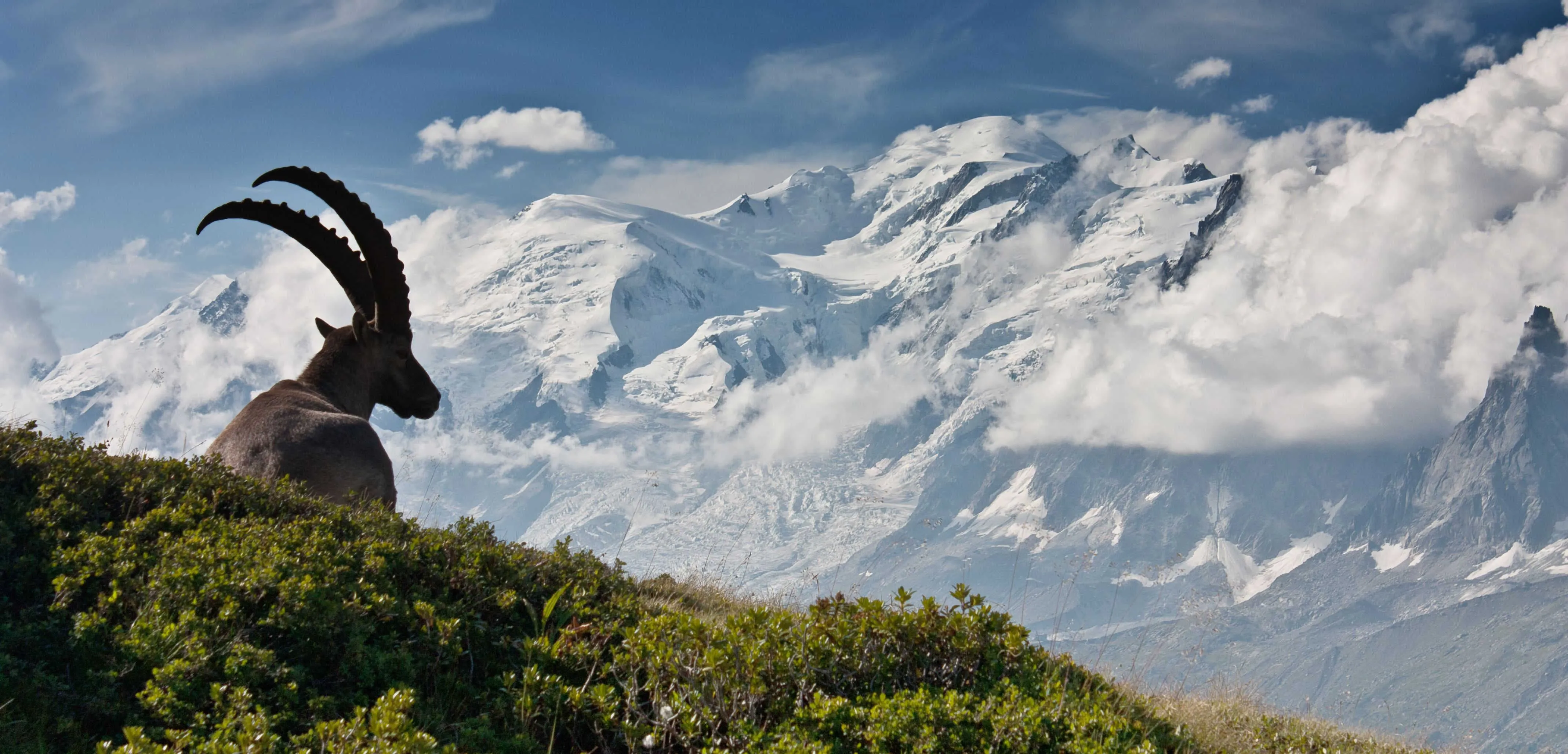
Comments